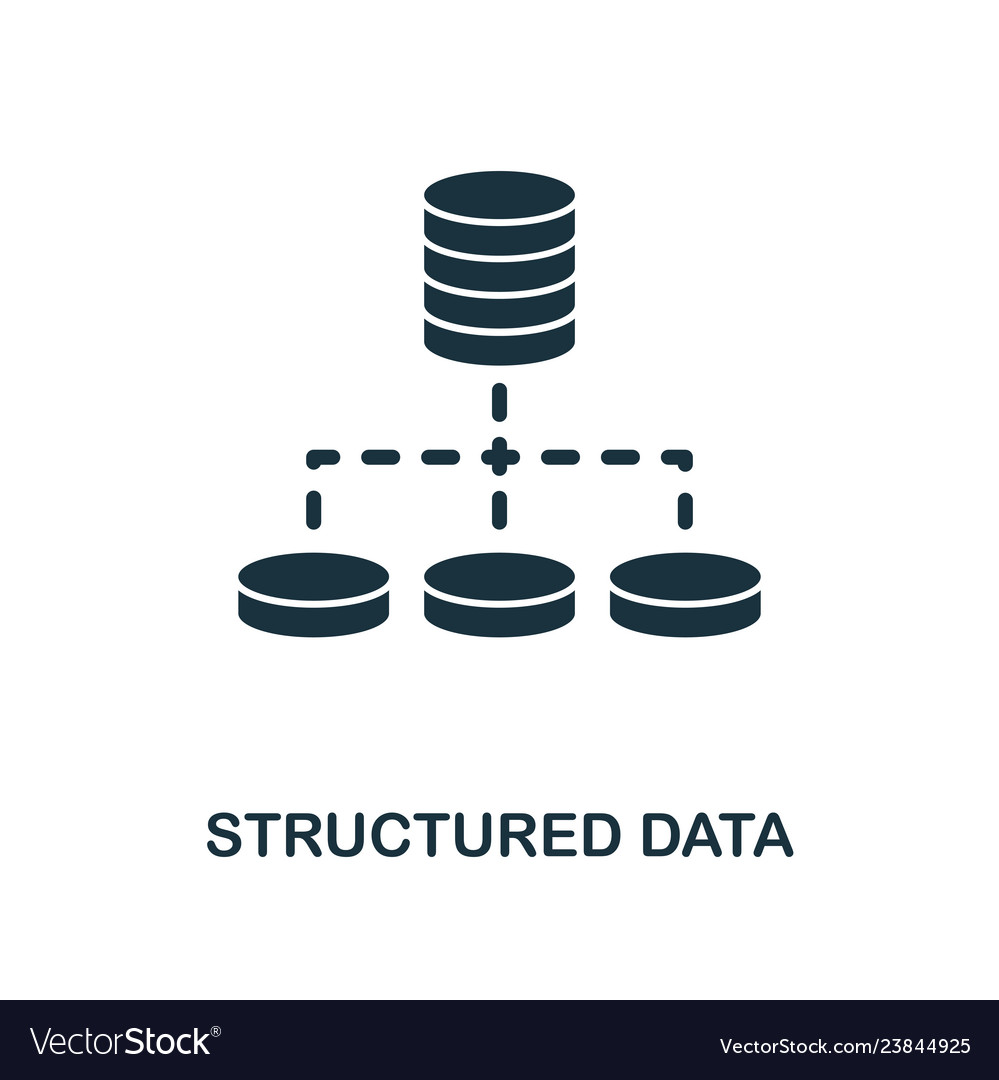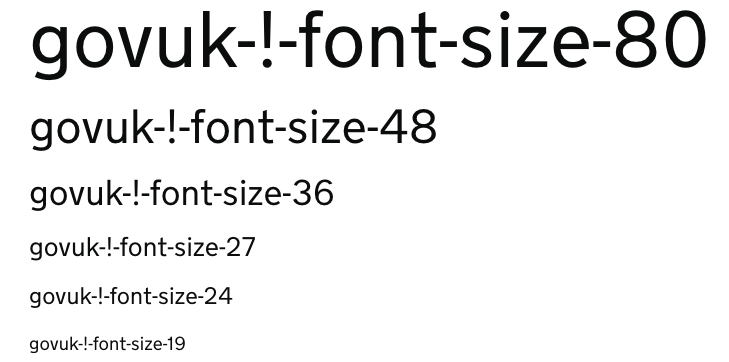

Sharepoint 2010 - Access denied Exception

Spring Framework - Injecting java properties Spring Framework - Autowiring a map, list or array. ("Decoded Stream Length: " + decodededString.length) ("Encoded Stream Length: " + encodeBase64String.getBytes().length) īyte decodededString = codeBase64(encodeBase64String) String encodeBase64String = Base64.encodeBase64String(fileBytes) ("Original Stream Length: " + fileBytes.length) read the file contents in a byte arrayīyte fileBytes = new byte Import .binary.Base64 įileInputStream fis = new FileInputStream(file) Base64 Encode and Decode Tool is very easy to use. A simple application of Base64 is to store MIME in emails. The encoding ensure that the data remains intact during transfer. The program below makes use of the Apache Commons Codec library for Base64 Base64 encoding and decoding is used when there is a need to store binary data that needs to be stored and transferred over some media. Encoding/Decoding process consumes resources and can cause performance problems Base64 encoding bloats the size of the original binary stream by 33 percentĢ. Base64 is the commonly used technique to send binary files as attachments in emails.ġ. SMPT protocol for emails supports only 7 Bit ASCII Characters. 7 Bit ASCII characters are safe for transmission over the network and between different systemsĢ.

The ASCII character with the value of 64 (character =) is used to signify the end of the binary stream.ġ. That is to say, a binary stream is divided into blocks of six bits and each block is mapped to an ASCII character. The Base64 encoding algorithm uses a special conversion table to assign one of the 64 ASCII characters to every 6 bits of the bytestream. Last updated on Decem© 2019 Base64decode.Base64 encoding is a technique used for converting binary data into blocks of printable ASCII characters.
Plaintext, US-ASCII encoding: data:,Hello World. HTML, Base64 encoding: data:text/html base64,PGgxPkhlbGxvIFdvcmxkPC9oMT4=. HTML, US-ASCII encoding: data:text/plain ,Hello World. Plaintext, Base64 encoding: data:text/plain base64,SGVsbG8gV29ybGQ=. Plaintext, US-ASCII encoding: data:text/plain ,Hello World. Data URIs generally cannot be opened via links or JavaScript due to browser security restrictions. To see it in action, manually copy and paste the data URI above into a new tab's address bar. For example, this URI shows Hello World in HTML: data:text/html base64,PGgxPkhlbGxvIFdvcmxkPC9oMT4= Examplesĭata URIs often contain Base64-encoded data. This technique helps improve page performance, especially in websites with lots of smaller images or icons which would otherwise result in a large number of requests. Base64-encoded images are embedded in HTML and CSS to save the overhead of additional network requests. Encoding images is the most common use of Base64 in data URIs, due to its performance benefits. Uses and supported contentĪny mime type is supported for Base64 data, including images and plain text. Note the comma before the data, which is required. The only required parts are data:, all other parts are optional. A properly-formed Data URI looks like: data. The Data URI scheme is defined by RFC 2397 published in 1998. If the content is encoded with an encoding scheme other than US-ASCII, the encoding scheme must be defined before the content itself. The content can be provided in any browser-supported character set scheme, such as US-ASCII, UTF-8 and Base64. text/html, text/plain, etc.), followed by the content itself. URIs are similar to URLs, but URLs are a subset of URIs.ĭata URIs always begin with the data: scheme, followed by the content encoding (e.g. Using Base64 in Data URIs Learn when to use Base64 in Data URIs What are Data URIs?ĭata URIs are uniform resource identifiers with the data contained in the URI itself.






 0 kommentar(er)
0 kommentar(er)
